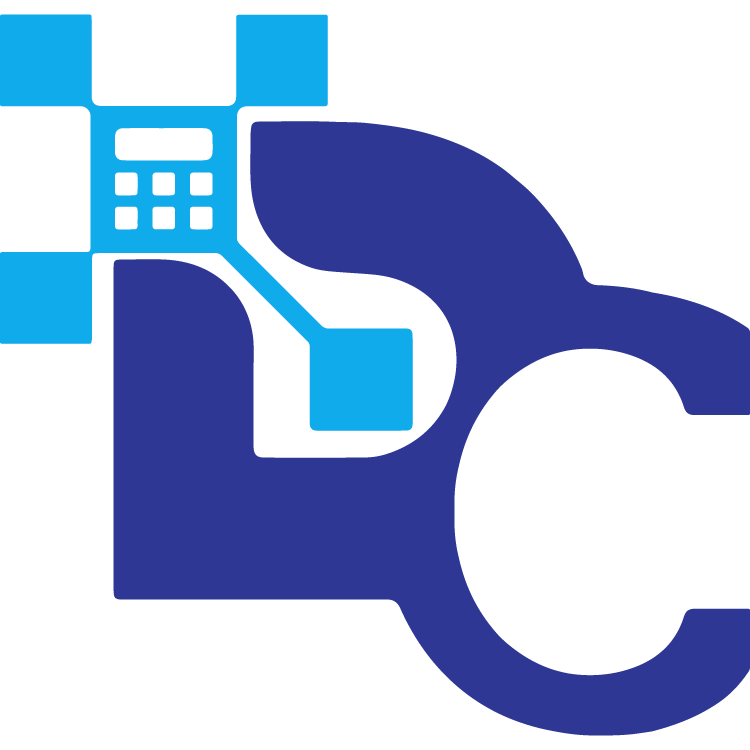Number and Million Converter Fast & Accurate
Instantly convert any number into millions or vice versa with our Number and Million Converter
This number to million converter helps you quickly and easily scale any number into millions (M)—and back again. It’s perfect for finance, dashboards, KPIs, budgets, population stats, and media metrics where readability matters. Enter a value in either field and the calculator instantly shows the result, with options for decimals, thousand separators, and even scientific notation (powers of ten) if you need it for technical reports.
How many millions equal a number?
A million is the anchor: 1,000,000 = 10⁶. To express a raw number in millions, divide by 1,000,000. To expand millions back to a full number, multiply by 1,000,000.
Number to Million: millions = number ÷ 1,000,000
Million to Number: number = millions × 1,000,000
Examples
- 3,500,000 → 3.5 million
- 750,000 → 0.75 million
- 1.2 million → 1,200,000
Tip: Choose a consistent unit label (e.g., M or mn) and use it throughout your tables and charts to avoid scale errors.
Number basics
“Number” here means the unscaled count or value (e.g., 2,750,000 users, 980,000 units, $4,200,000 revenue). In analytics, you’ll often normalize values to K (thousand), M (million), B (billion), or T (trillion) so comparisons and trend lines are easier to read. Consistent thousand separators and decimal places make your outputs presentation-ready.
Million basics
A million is 1,000,000 (10⁶). Common abbreviations are M, mn, and (in some accounting contexts) MM. You’ll see millions used to summarize revenue, market size, social reach, app installs, and population figures.
Key facts about million
- 1 million = 1,000 thousands
- 0.5 million = 500 thousand
Scientific notation: 1×10⁶
How many zeros are in a million?
Name | Value | Zeros |
Thousand | 1,000 | 3 |
Million | 1,000,000 | 6 |
Billion | 1,000,000,000 | 9 |
Trillion | 1,000,000,000,000 | 12 |
Knowing these jumps (×1000 each step) makes number to million conversions second nature.
How to convert number to million
Formula: M = number ÷ 1,000,000
Worked examples
- 9,250,000 → 9.25 M (set decimals to 2)
- 420,000 → 0.42 M
- 1,000,000 → 1.00 M
Formatting Tips
- Choose decimal precision based on context (e.g., 1–2 decimals for board decks, 0–1 for high-level dashboards).
- Keep a Unit column (e.g., “M”) in spreadsheets and BI tools to prevent mixing K/M/B on the same chart.
How to convert million to number
Formula: number = M × 1,000,000
Worked examples
- 2.75 M → 2,750,000
- 0.08 M → 80,000
- 15 M → 15,000,000
Common Mistakes to Avoid
- Mixing K and M columns.
- Dropping or doubling zeros—always use thousand separators.
- Inconsistent abbreviations (pick M or mn, not both).
Applications (why this matters)
- Finance & accounting: present OPEX/CAPEX, ARR, budgets, and forecasts in M for concise reporting.
- Growth & marketing: standardize followers, impressions, MAUs, and installs to M for quick benchmarking.
- Operations & inventory: summarize large SKU counts or shipments at a glance.
- Analytics & BI: normalize disparate data sources to the same unit for clean aggregations and comparisons.
How to use the Number ⇄ Million converter
- Choose direction: Number to Million or Million to Number.
- Enter your value
- Convert instantly
Digital Calculator keeps the interface clean and the math consistent, so teams don’t second-guess the scale.
Related conversions & practical notes
- Currency example: If you’re also checking 7000 usd to pkr, remember exchange rates change frequently. Convert USD to PKR with a real-time FX rate, then scale to millions if needed (e.g., PKR value ÷ 1,000,000).
- Check writing clarity: If you’re wondering how to write 3000 on a check, write the numeric as $3,000.00 and the words as “Three thousand and 00/100 dollars.” Consistent formatting reduces payment errors.
- Scientific notation: For technical docs, you can represent 3,500,000 as 3.5×10⁶ and 0.42 million as 4.2×10⁵.
Try the Number to Million Converter now at The Digital Calculator to standardize big numbers, improve readability, and align stakeholders on the same scale.
